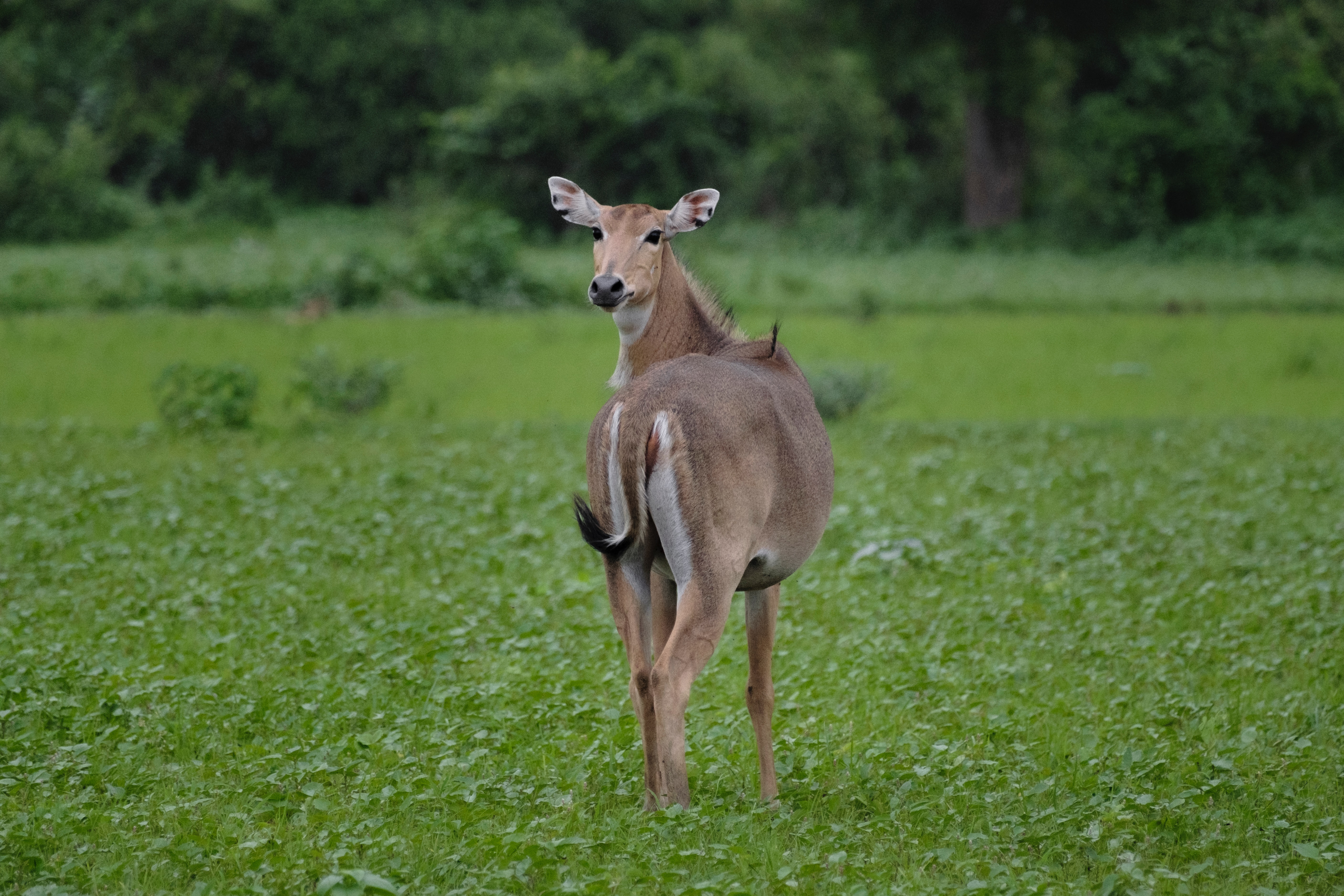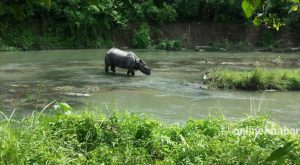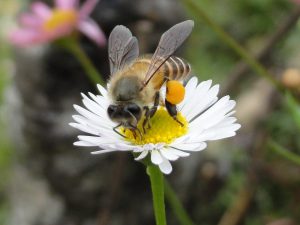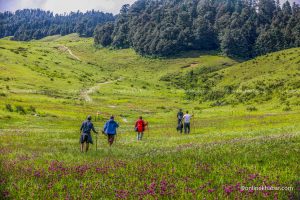
Priyanka Pandey, a Nepali youth delegate attending the 15th meeting of the Conference of Parties of the UN Convention on Biological Diversity (UNCBD), popularly known as the biodiversity COP15, which drew to a close on Monday, stayed awake until 4 am on Monday to witness the conference adopting a new post-2020 Global Biodiversity Framework.
“That was a historic moment and being here in Montreal, I couldn’t afford to miss it,” she says.
Like Pandey, many stakeholders have said the adoption of the framework, now renamed the Kunming-Montreal Global Biodiversity Framework after the two cities that hosted the two-part COP15, is a significant milestone achievement.
The document – for which 196 Parties had to come to a consensus over multilateral talks that spanned four years – has been welcomed in Montreal and internationally. NGOs such as the World Wildlife Fund and representatives of indigenous peoples and local communities have said the framework is overall positive even if a few of their concerns could not be addressed.
Stakeholders in Nepal have also welcomed the deal, hoping it would make the country more successful – and better resourced – in terms of biodiversity conservation efforts.
So, what will Nepal get out of the Kunming-Montreal Global Biodiversity Framework?
Strengthened opportunities
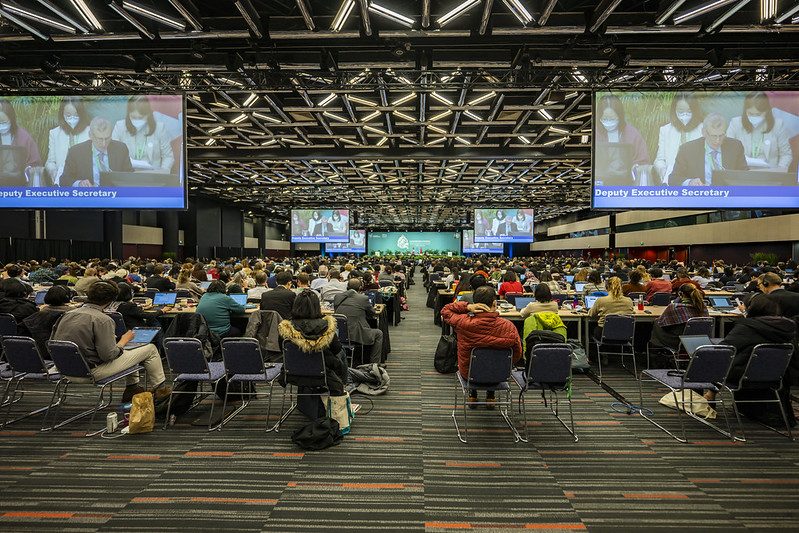
The leader of Nepal’s delegation to the biodiversity COP15, Megh Nath Kafle, the Biodiversity Division chief at the Ministry of Forests and Environment, says the document will provide more opportunities to Nepal in strengthening its existing efforts to protect biodiversity.
“We had already been operating some programmes to protect our megafauna and medicinal herbs. The Global Biodiversity Framework will encourage us to scale up our efforts as it says it is every state party’s duty to save its species from extinction, beginning today.”
The framework, which includes four goals and 23 targets for achievement, lays out an ambitious plan for effective conservation and management of 30 per cent of the land, 30 per cent of inland waters and 30 per cent of oceans by 2030, popularly known as the 30X30 target. (Currently, 17 and 10 per cent of the world’s terrestrial and marine areas respectively are under protection.) It further states that 30 per cent of degraded terrestrial, inland waters and marine ecosystems should be restored by 2030; and that parties must “reduce to near zero” further biodiversity loss by 2030, among other targets.
Kafle says the government understands this framework is “somehow binding” as failing to implement this will invite backlash at home and abroad.
According to him, implementing the Global Biodiversity Framework will favour Nepal, hence, there is no reason that the government would not implement them.
“We wanted the framework to recognise performance-based financing as a tool of resource mobilisation, which could not happen,” he says, “Yet, the target about resource mobilisation (19) talks about effectiveness, efficiency and transparency of resource use. It means when we ensure we are spending the money on biodiversity conservation effectively and efficiently, it will open more windows for Nepal to negotiate for additional funds.”
Target 19 of the document requires developed countries to provide at least USD 20 billion every year to developing countries by 2025 and at least USD 30 billion every year by 2030.
Dhananjaya Paudel, another member of the Nepali delegation, hopes claiming these funds will be easy for Nepal to help the country meet the 30X30 target. “We already have around 24 per cent of land protected. Even if we could not expand existing protected areas such as national parks, we can count community forests also as target 3 talks about other effective area-based conservation measures (OECM).”
Dil Raj Khanal, a natural resource researcher with expertise in forestry, agrees. “But, for this, the government will need to take all stakeholders including indigenous peoples and local communities into confidence.”
The delegation leader Kafle says the government will cooperate with all stakeholders in the process. He says the ministry will immediately start drafting the new National Biodiversity Strategy and Action Plan (NBSAP) as required by the convention so that it can mobilise authorities to achieve targets set by the Global Biodiversity Framework.
Contingency concerns
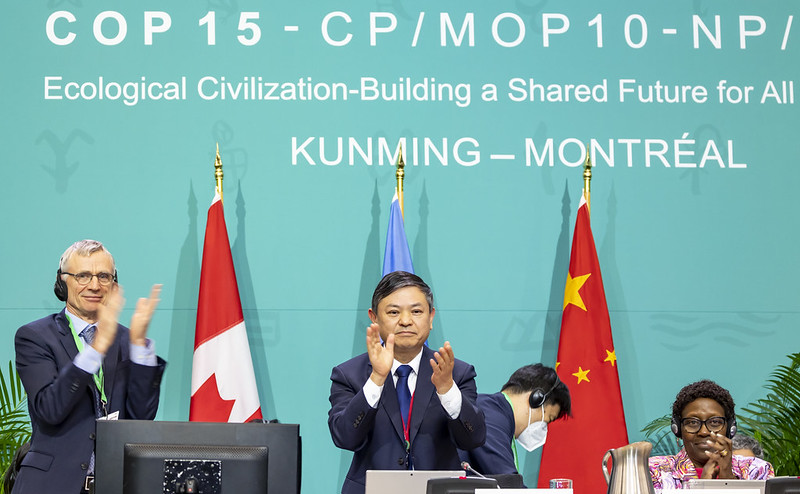
But, implementing the agreement will not be a cakewalk for the governments of developing countries such as Nepal, again thanks to the problems related to funding.
Resource mobilisation, including support to the developing countries, was one of the most pressing issues during the Montreal negotiation. Whereas the CBD Secretariat Information Officer David Ainsworth claims no party raised “formal objections” to the document, during the plenary in the wee hours of Monday, the Democratic Republic of Congo raised concerns about the deal as it did not have sufficient funding commitments for developing countries, but the Chinese Environment Minister Huang Runqiu, who was presiding over the meeting, rushed to announce that the Global Biodiversity Framework – already much delayed – was adopted. The hall applauded in acceptance.
While Kafle does not want to comment on Congo’s objections, he says getting the resources is challenging for developing countries including Nepal. “There’s a global competition for resources. During a meeting on resource mobilisation, Iranian delegates told us that they did not receive the money in significant amounts from the Global Environment Facility (the UN’s environment financing mechanism) as it could not get support from the powerful countries,” he says, “No agreement at the international level guarantees that we will receive money.”
In the past two weeks of Montreal meetings, many developing countries pressed developed countries to establish a separate and dedicated Global Biodiversity Fund, which will now be established by the existing GEF.
Basile van Havre, a co-chair of the working group established to negotiate the Global Biodiversity Framework, says the GEF is supposed to establish a Global Biodiversity Fund within it by next year.
In a statement on the new Global Biodiversity Fund, GEF CEO Carlos Manuel Rodríguez says, “More than 60 per cent of our recent USD 5 billion record replenishment will be allocated to protecting species and their ecosystems through initiatives targeting the drivers of environmental damage.”
Still, Pandey is not certain that the Global Biodiversity Framework meets Nepal’s funding requirement on the one hand and Nepal might miss available opportunities if it has to negotiate for the funds given its weak negotiation capacity on the other. Khanal agrees and says the government now needs to train its human resources to improve negotiation power so that the framework will be efficiently implemented.
Perhaps mobilising the private sector could fulfil the gap. But, Kafle says that will not be easy. In addition, observers are also concerned that excessive engagement of the private sector could go against the concerns of local communities.
Action speaks louder

Indigenous peoples and local communities have been a crucial component of the biodiversity convention implementation process. The Global Biodiversity Framework has recognised this as it has discussed their rights and roles from the preamble to purposes, and seven of the 23 targets.
Hence, indigenous leaders gathered in Montreal from different parts of the world have welcomed the deal. “Indigenous peoples and local communities spoke louder this time, and CBD parties have heard us,” Lhakpa Nuri Sherpa from Nepal, also a co-chair of the International Indigenous Forum on Biodiversity (IIFB), says, “Let them now put those words into action.”
Nepal’s indigenous peoples and local communities have been critical of the government when it comes to action. Sherpa says, “The urgency of the environmental crisis, in Nepal as well as in the world, does not end with the signing of the Global Biodiversity Framework. We must work quickly and efficiently for its implementation.”
Yet, Sherpa says the government should be given the benefit of doubt as the framework has just been adopted.
Meanwhile, youth activist Pandey says the government now needs to ensure the inclusion of women, IPLCs and youth in the NBSAP process and further implementation. “The framework states full and effective participation of relevant stakeholders in decision-making. Our government should deliver this.”
While stakeholders are celebrating 23 targets, Khanal is more concerned about the 19 points in section C of the Global Biodiversity Framework. These points talk about procedures to implement the framework.
“For me, these are the conditions the government needs to meet in the implementation process. The points such as the inclusion of indigenous peoples, human rights-based approach and biodiversity and health look quite serious and challenging in the context of Nepal,” he says, “We demand the government’s commitment to this, along with integrity in action.”
This story was produced as a part of the 2022 CBD COP15 Fellowship organised by Internews’ Earth Journalism Network.






